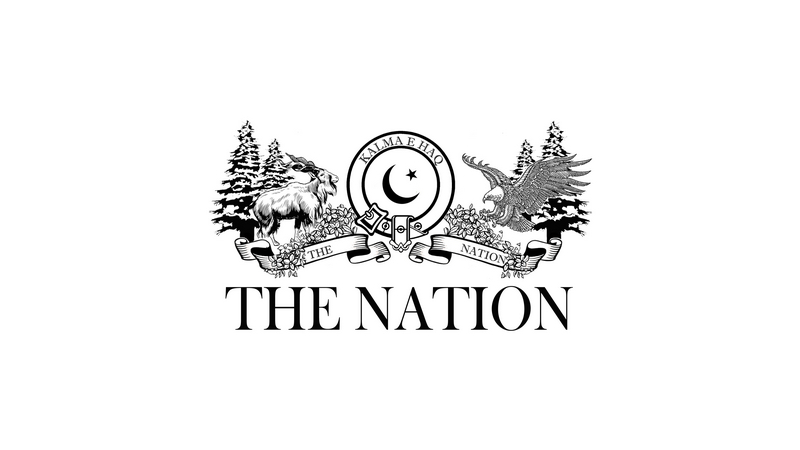
Sandwiched between COP 29 and the G20 summit, the Asia-Pacific Economic Cooperation (APEC) Forum in Lima, Peru, might prove to be the most significant of the three. This significance stems less from the forum’s official agenda and more from developments in Peru that carry global implications. On the sidelines of the summit, Chinese President Xi Jinping inaugurated a multi-billion-dollar port facility in Peru, designed to directly link South American ports with Asia—particularly China—bypassing North America on long-range shipping routes.
Peru’s red-carpet reception for Xi Jinping stood in stark contrast to the much cooler reception given to U.S. President Joe Biden and Secretary of State Antony Blinken.
Their last minute attempt to frame a transfer of outdated diesel train engines from California—part of a pre-existing agreement—as transformative aid to match China fell flat, highlighting how far the U.S. has fallen behind in global influence.
This disparity reflects a broader divergence in strategy: China leads with investments, while the West often offers admonishments. Sindh launches Child Protection Management Information System Beyond this display of contrasting approaches, Xi Jinping’s remarks during the forum further outlined China’s global vision, particularly its complex relationship with the United States. While ostensibly addressed to President Biden, the underlying message was clearly intended for Donald Trump, signalling Beijing’s recognition of a shifting political landscape in Washington.
Xi dismissed the classical “Thucydides Trap” narrative, which posits inevitable conflict between a rising power and an established superpower. Instead, he advocated for a world where nations coexist peacefully. However, Xi’s speech also came with firm warnings.
He articulated four “red lines” with unusually assertive language: Taiwan, China’s cultural and economic development, and its internal governance system. This marked a rare moment of explicit assertiveness from Beijing, showcasing its willingness to defend these priorities with force if necessary. While China remains focused on economic expansion and diplomacy, these red lines leave no doubt about its readiness to act decisively when core interests are challenged.
Sindh governor, Oman CG discuss matters of importance, IDEAS 2024 What remains to be seen is whether the incoming Trump administration will heed the global signals from Lima and adjust its approach accordingly. The APEC forum may have quietly heralded a profound shift in the balance of power—a shift that the United States can ill afford to ignore. Tags: xi red lines.














